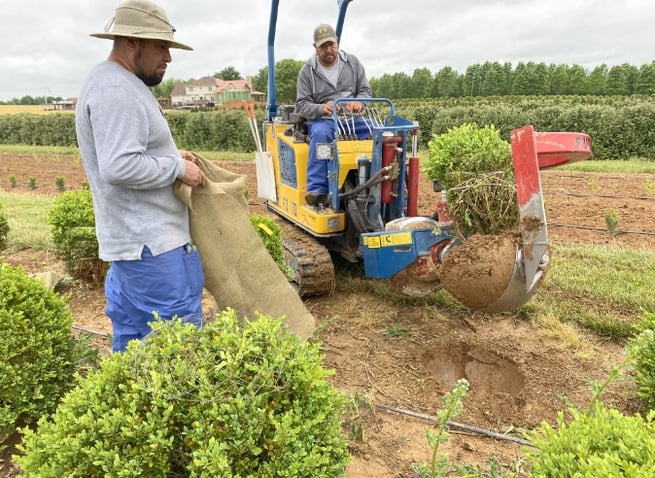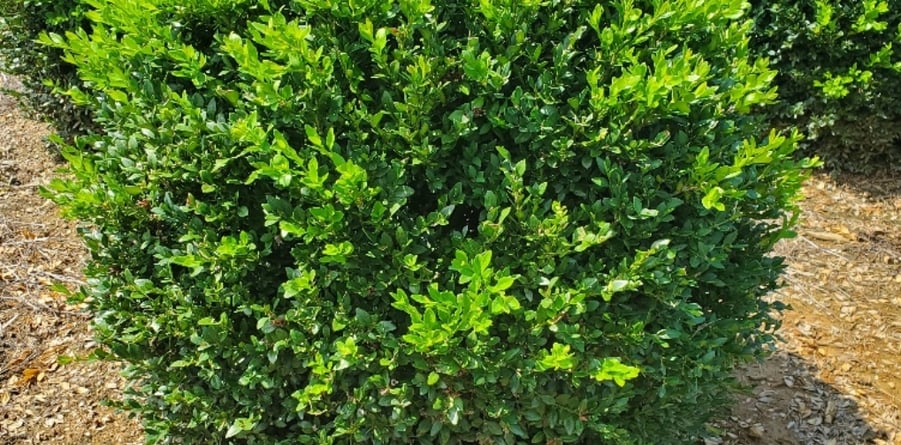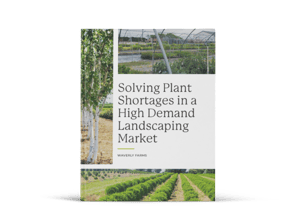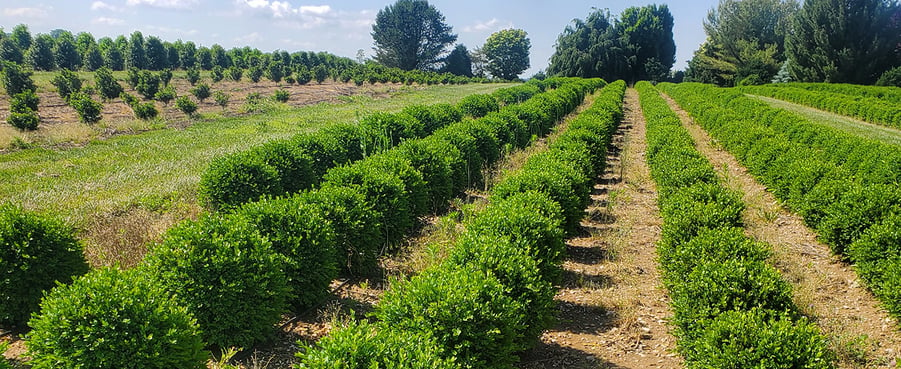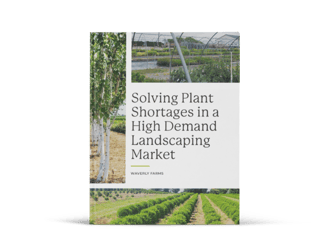Consistent quality is what we seek from year to year, but the obstacles standing in the way of that are also pretty consistent from year to year.
Some of the biggest problems we face in this industry involve ensuring that the landscape plants we need are available, of consistent quality from year to year, and relatively uniform in health, size, and fullness. And as we strive to source plants of consistent value, we find that the obstacles standing in our way are also pretty consistent from year to year.
Just for fun let’s review the ones we are perhaps too familiar with:
Strictly Defined Plant Selection Lists: You may be trying to fulfill a specific plant list that simply isn’t available or is only available in limited supplies. If tasked with finding the best alternatives, the task can be overwhelming and involve hours on the phone.
Plant Size Specifications: The details of your project may lock you into a size specification, but you may be unable to find the quantity you need in that size or unable to find a consistent quality level. You’re stuck.
Consistency, Reliability, and Uniformity: Finding high-quality plant material year over year can be difficult. Some growers will have a wonderful stock one year and mediocre the next. You want assurance that the grower you have chosen has appropriately handled pest issues and is proactive in ensuring the plants are healthy. The plants you order must have some uniformity in size, shape, and development. That can be difficult to find for larger orders.
Availability: Unfortunately, some growers confirm they have plants in stock before they count them, leaving you holding the (empty) bag.
Scarcity: Why is it so hard to find those “new improved” cultivars du jour that everyone seems to be talking about? Just because a plant is being talked up in the magazines doesn’t mean you will be able to find it anywhere. A grower must plant the new item every year for five years to be sure that, if it sells in year five, there will be a new crop of five year olds the next year and the next. The grower has to be willing to gamble on an array of promising new landscape plants with no assurance they will become popular and pay off with continued orders. There is no guarantee their investment won’t fizzle along with a short-lived trend.
Single-Sourcing Large Orders: If you have a large order of a single type of plant, you may need to use multiple growers to source it. Once again, this can lead to issues with reliability, consistency, and uniformity of plants arriving from several sources.
Finding Growers with Large Catalogs: Not every grower can take the risk associated with developing a well-rounded palette of plants that include new varieties with promising future value to the market. They may not have the acreage or growing conditions to develop a broad based palette of selections.
Finding Uncommon Plant Stock: If you need a rare tree or shrub that you can’t find in the usual places, it may simply not be available. Much like sourcing trendy plants, rare shrubs and trees can be hard to find. If the plant you need takes a long time to mature, large volume growers with high plant turnover may not want to allocate field space for it over multiple years.




